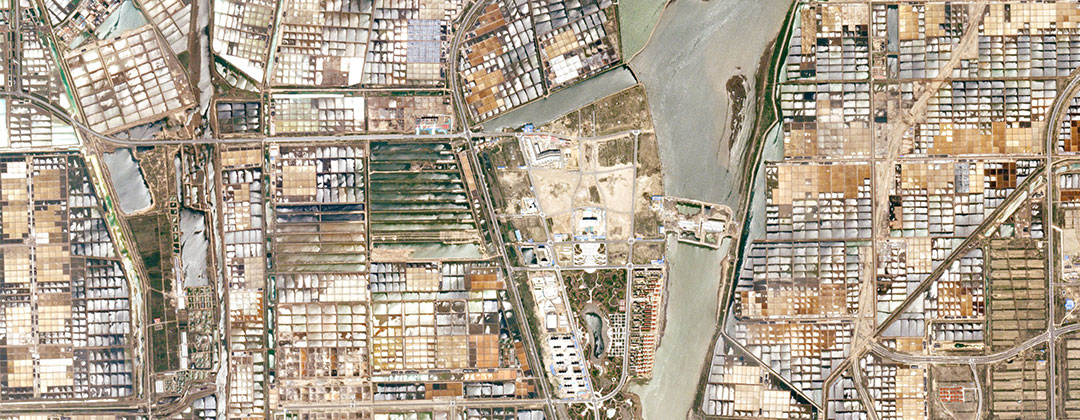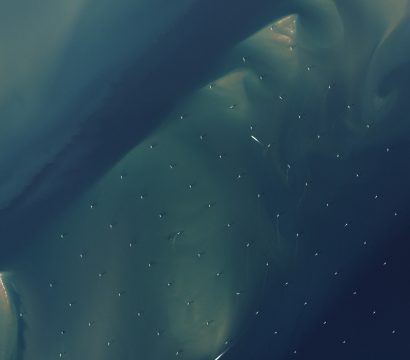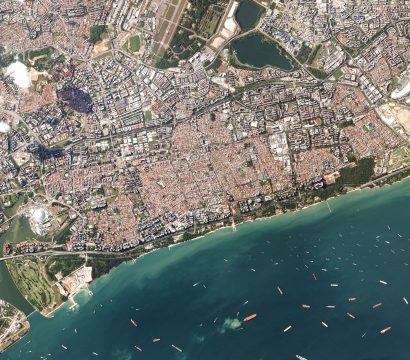Q&A with Amy Truong—Engineering Leader
If you’re attending the Grace Hopper Conference this year, don’t miss two talks from Amy Truong, Planet’s Director of Software Engineering. Our software team has been one of the fastest growing teams at Planet this year; and Amy has overseen its transition from startup-sized developer squad to growth-stage engineering organization. At Planet, […]









